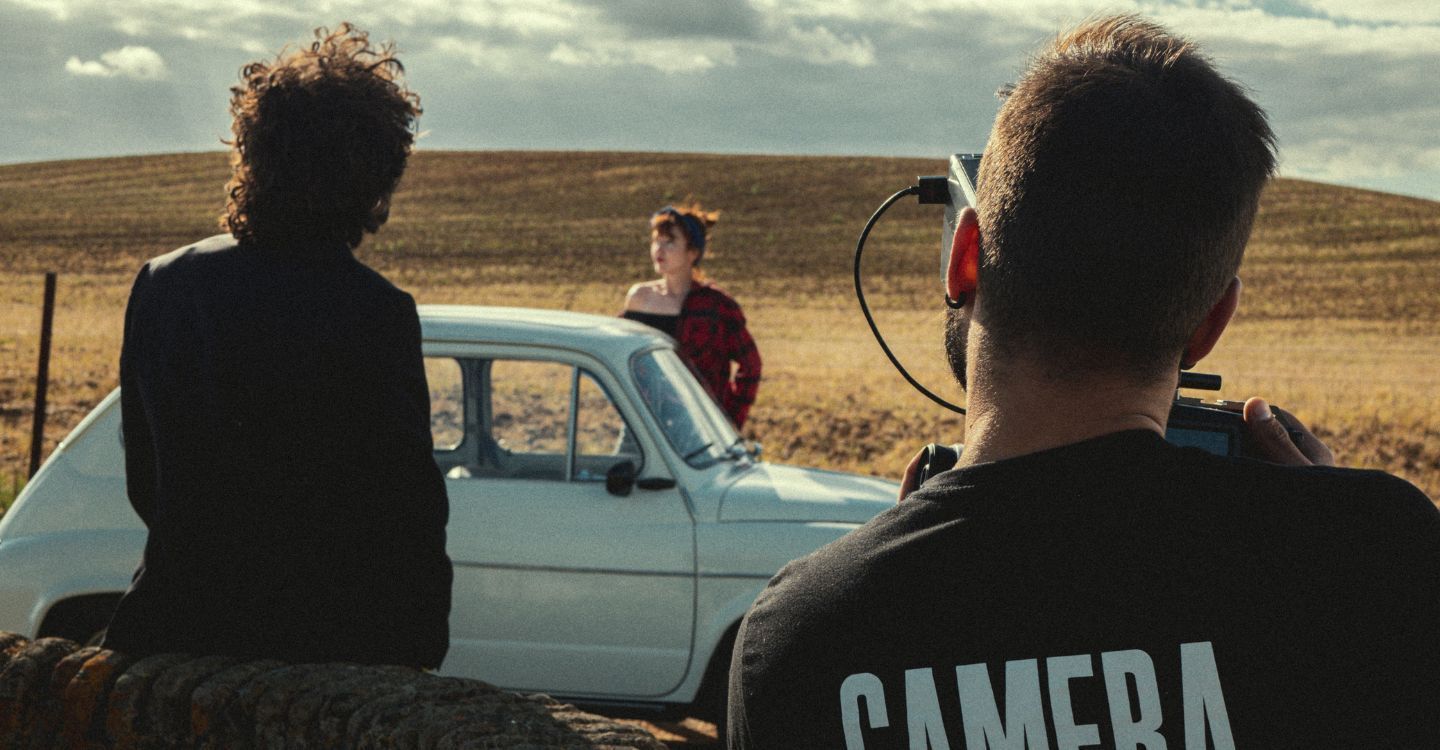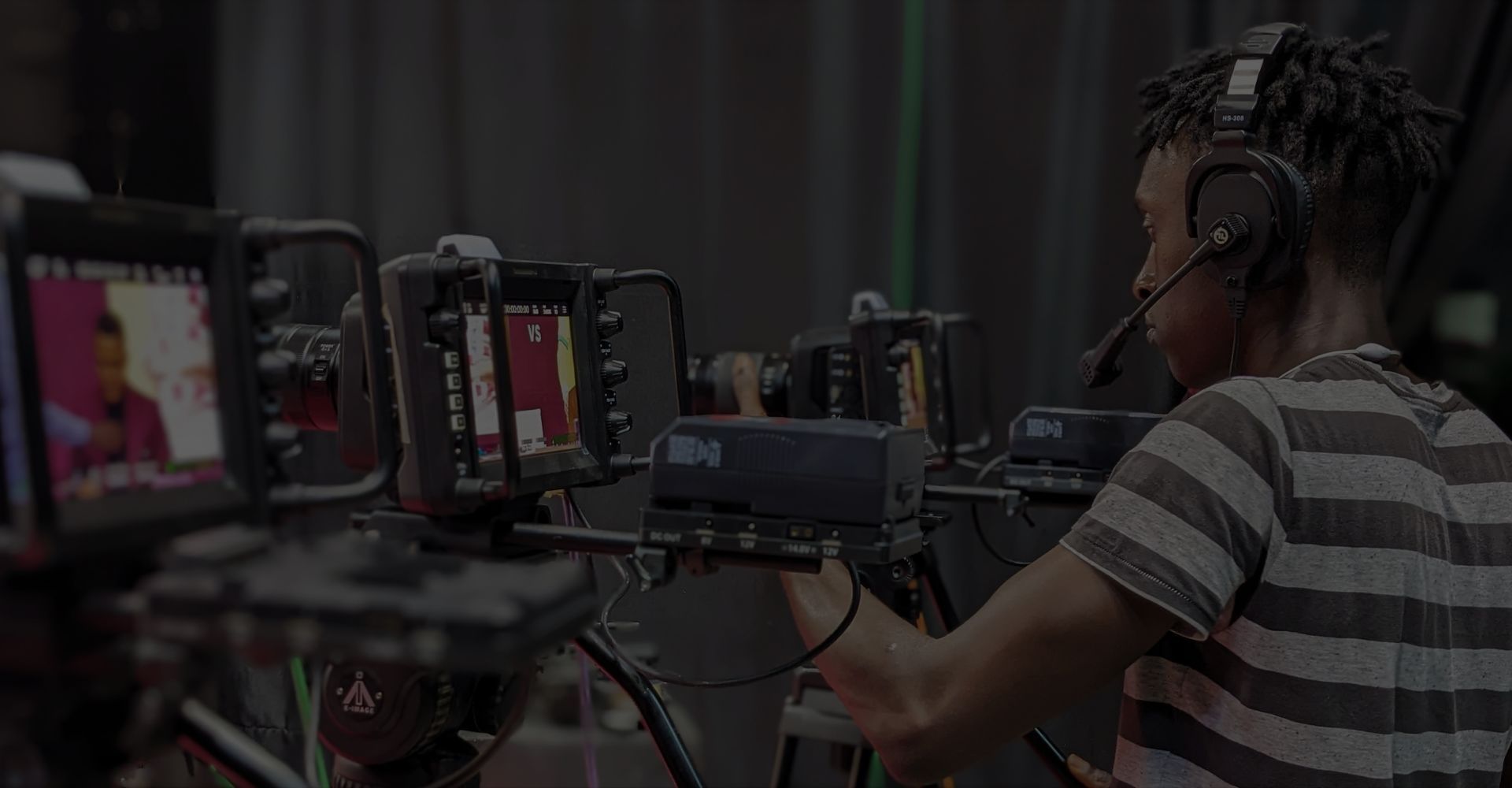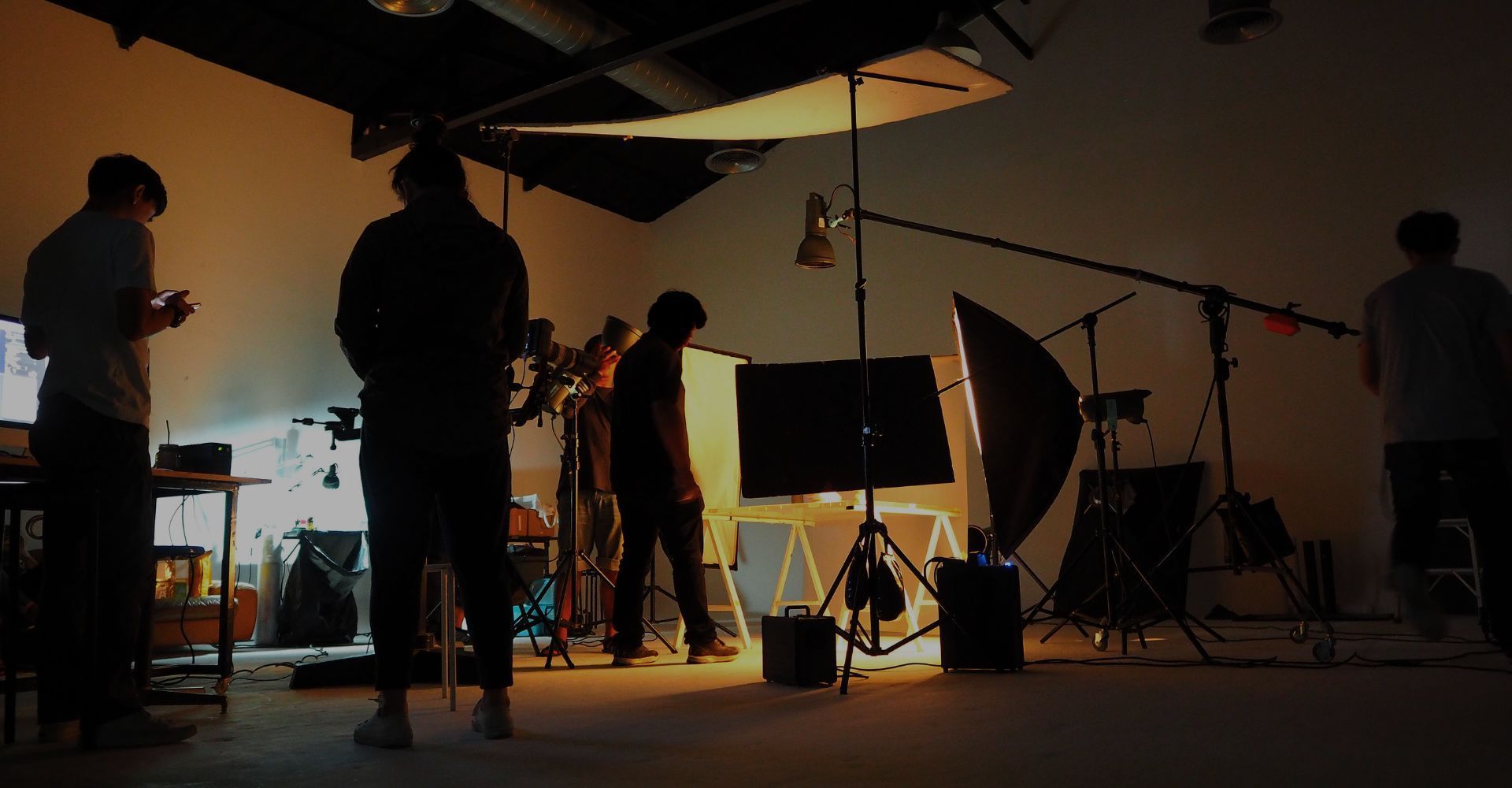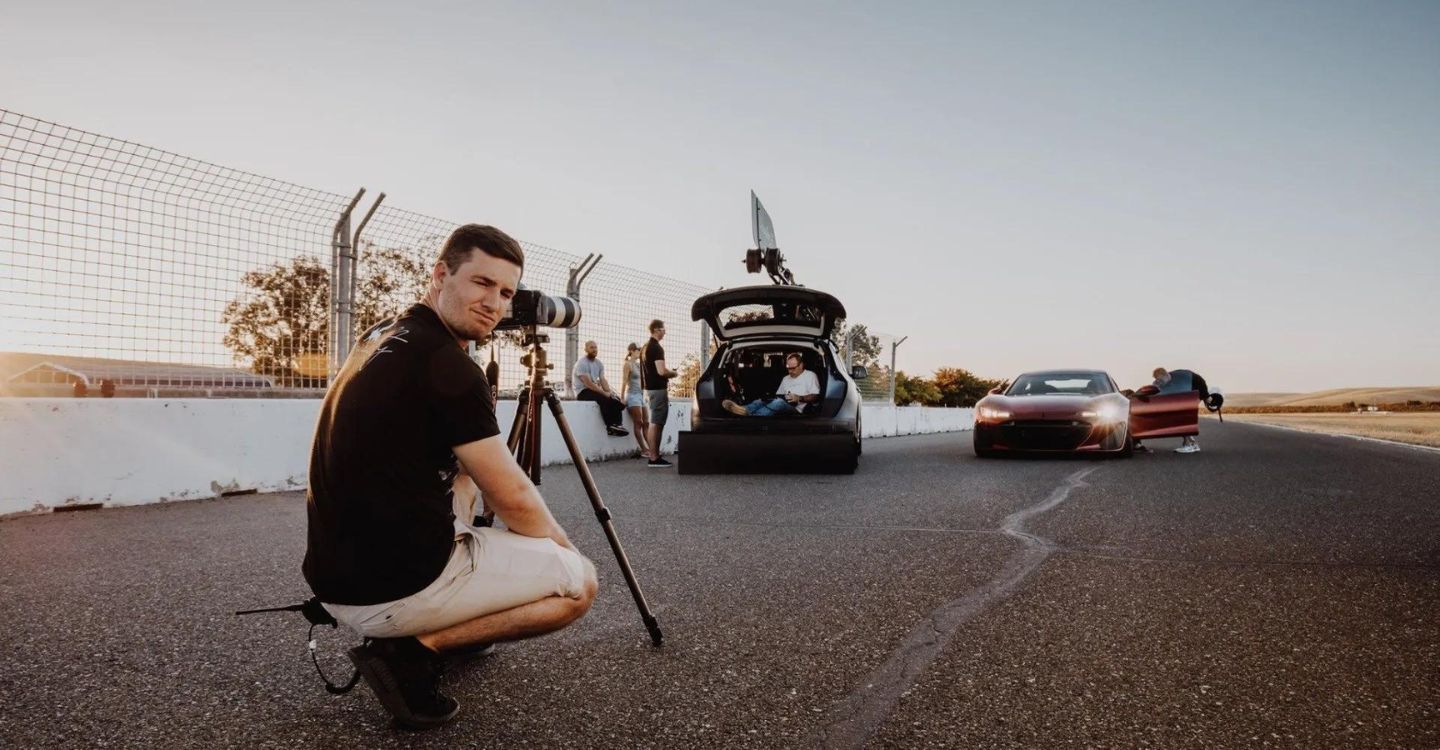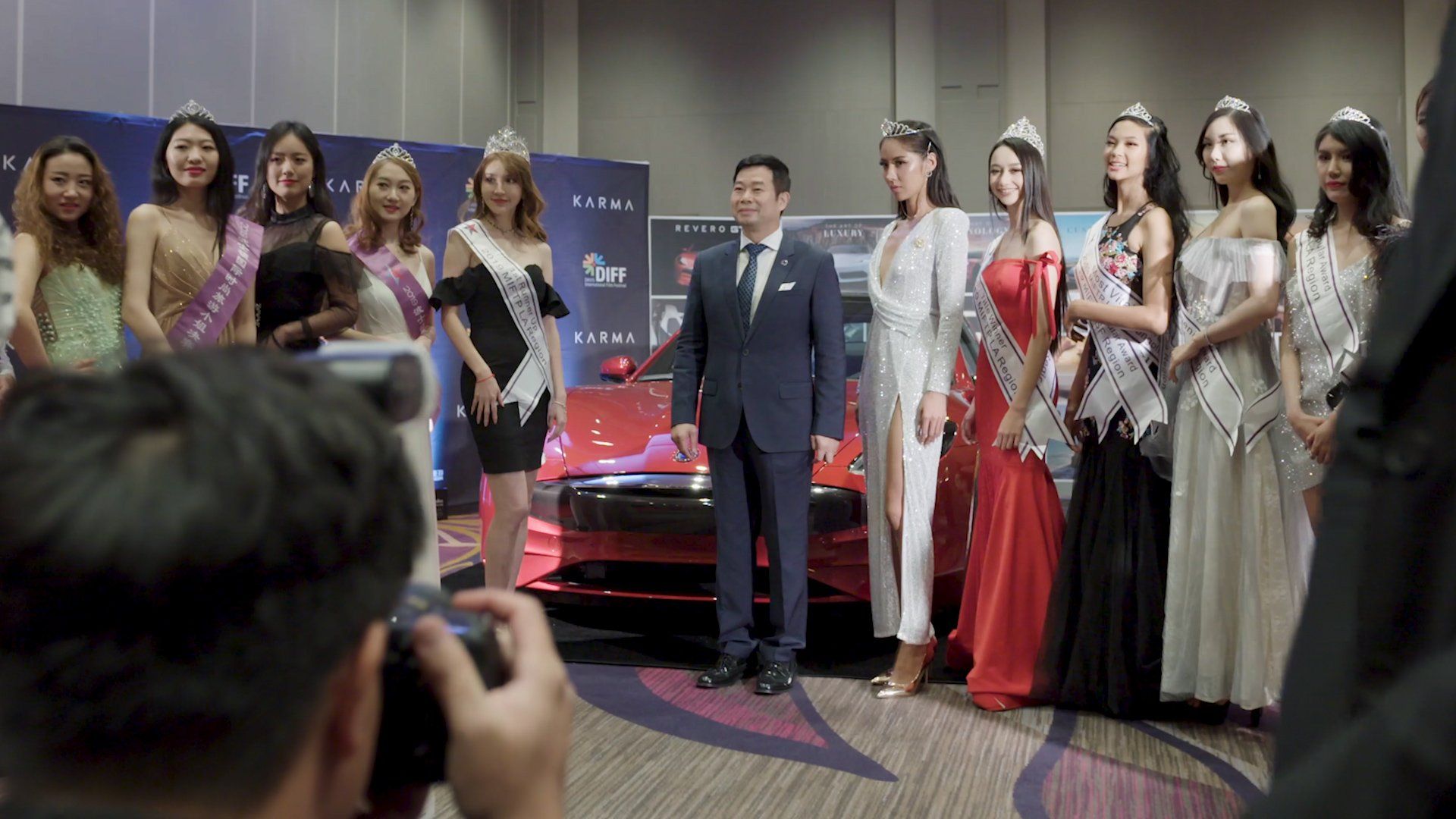Filming Koalas in the Wild
Avery Bazan: Project Highlight
I remember when the original “Planet Earth” came out in 2006. They had shots unlike anything I’d ever seen before. They raised the bar by using HD video (a difficult thing at the time), time lapses, aerial footage, and a host of other incredible shots that came purely through planning. It expanded my idea of what a nature documentary could be, and became the new gold standard in that area.
A decade later, “Planet Earth II” released in 2016 and blew everyone away - again. This time everything was closer, tighter, and moved with the animals. In many ways, the audience got to see things from the perspective of the animals for the first time.
I remember watching some of the behind the scenes for “Planet Earth II,” as they talked about using new technology in exciting and unexpected ways. Beyond that, it seemed they did even more planning for shots. They took weeks to learn about the behaviors of specific animals rather than just a species, planning out shots long in advance to capture the perfect moment. This was something that really stuck with me the second time around.
I’ve filmed a number of nature documentaries, and I often think about the beauty of these two nature docs, as well as the methodology. What are you doing differently? How are you creating something new? How does that serve the story?
We filmed a short documentary on how the Queensland University of Technology (QUT) in Australia is working to count Koalas. Using DJI drones and AI, the researchers can count Koalas much faster and more accurately than they used to walking on foot. These numbers are vital to understanding how Koalas are being affected by different activities over time, ultimately helping to protect them.
As we began planning the min-doc, I watched a lot of videos on Koalas to see what was out there. I noticed that really all of the video I could find was shot on a tripod, always looking up with a tight lens from far away. These shots are fine in terms of identifying the subject, but you’re always subtly aware that you’re far away from these creatures. Creatively speaking, they’re also rather static shots, because on the tripod you can only keep a still frame, pan, or tilt.
I had the idea to put a very small camera on a very small gimbal, at the end of a very long pole to get closer. This would allow us to film the Koalas more dynamically, and more from their perspective in their natural habitat.
There were a few things we needed to do to accomplish this. The first main area was in understanding the subject. So often creatives focus more on the medium than the subject, when in fact you need to start with a solid understanding of your subject to capture it well.
Many animals are skittish when you put a camera near them. Many are nocturnal, and will merely be sleeping in the day. Beyond that, they often behave differently at different times of the year.
I spoke with our main contact and partner at QUT, Dr. Grant Hamilton, to ask him about Koalas’ behavior. I learned how Koalas are often somewhat sedated from the eucalyptus leaves they eat, and how they sleep an average of 22 hours per day. This meant that we’d be able to get near some if we could get a camera high enough, but they may provide very little interaction on screen. I learned about how high or low they might perch in trees, how their behavior differs when they have a joey (baby), and more. This knowledge was essential for planning shots before getting on location.
The second main area we needed to figure out then was the technology to get the Koalas up close on screen. Many productions will simply go to a zoo to get close to Koalas, but then you have to blur the background to an unrecognizable level. We wanted to plant our cameras near them in their natural habitats, high off the ground in eucalyptus trees.
We used a DJI Osmo Raw featuring the X5R camera, mounted onto a large extendable carbon fiber pole. The Osmo Raw was ideal, because it was the smallest camera available including gimbal, that could film raw footage. The Osmo could be controlled remotely with an iPad using the Osmo’s own WiFi signal, which reached far enough to stay connected to us on the ground. This was also something we tested before getting to location and filming. The carbon fiber pole was light yet extremely strong, making it a perfect way to span such long distances.
With both our subject and technology prepared, we headed out to Australia to film. We only had three days to capture everything we needed, rather than the weeks or months a team might get for something on National Geographic or BBC. That extra time is invaluable for truly capturing unique and interesting animal behavior, but for this project, we at least wanted to capture the Koalas from their perspective in the wild, using dynamic movements.
The first Koalas we found were too high - easily over 100 ft in the air. We used a drone for some further shots, but you don’t want to get too close to the animals with the louder aircraft, to avoid overly disturbing them.
The second area we found Koalas in was just right, with two individuals in two separate trees - one with a joey. We set up our Arri Alexa Mini with a 200mm lens from the ground for additional coverage, and set about erecting our tree-bound camera contraption. The camera itself was heavily taped to the end of the pole, with everything preset before hoisting it into the air. As we came close to the first Koalas, we found that we could rest the top of the pole on a nearby branch for stability. We could then slide the pole across the branch to truck, or rest it where two branches split as a base to dolly or boom.
Throughout a number of encounters during the three day shoot, the Koalas were mostly content to have the camera nearby. The mothers with joeys were the most vigilant and active if you came close, but the solo males wouldn’t react at all. We used a 24mm lens on the X5R, which could actually trick you into thinking you were too close for comfort, but then you’d realize you still had some safe space between the camera and the animal. We got the shots we were looking for, and filmed the rest of the story on the ground like any other shoot.
Filming nature presents its own unique challenges, but really every shoot depends on knowing your subject to get the best shots. Whether it’s understanding how a car drifts around a corner, or how a patient feels when they talk with a doctor, these details are all part of capturing something that’s different, fresh, and memorable. At that point, you can look at the box of tools available to figure out the best ways to capture that subject. As creatives, we should always be looking to push the boundaries of what’s possible. As storytellers, we should always be thinking about how that creative serves the story.
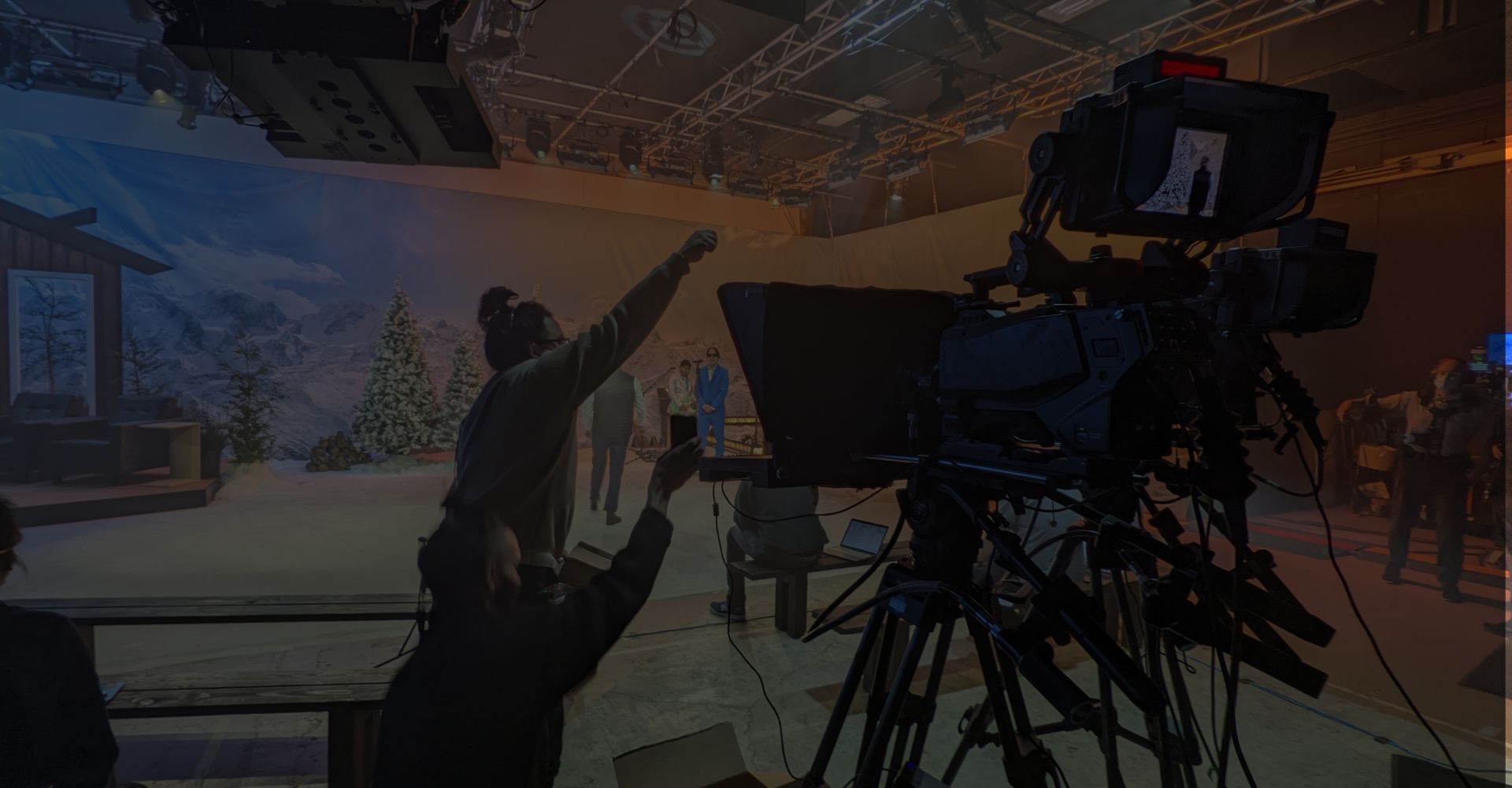
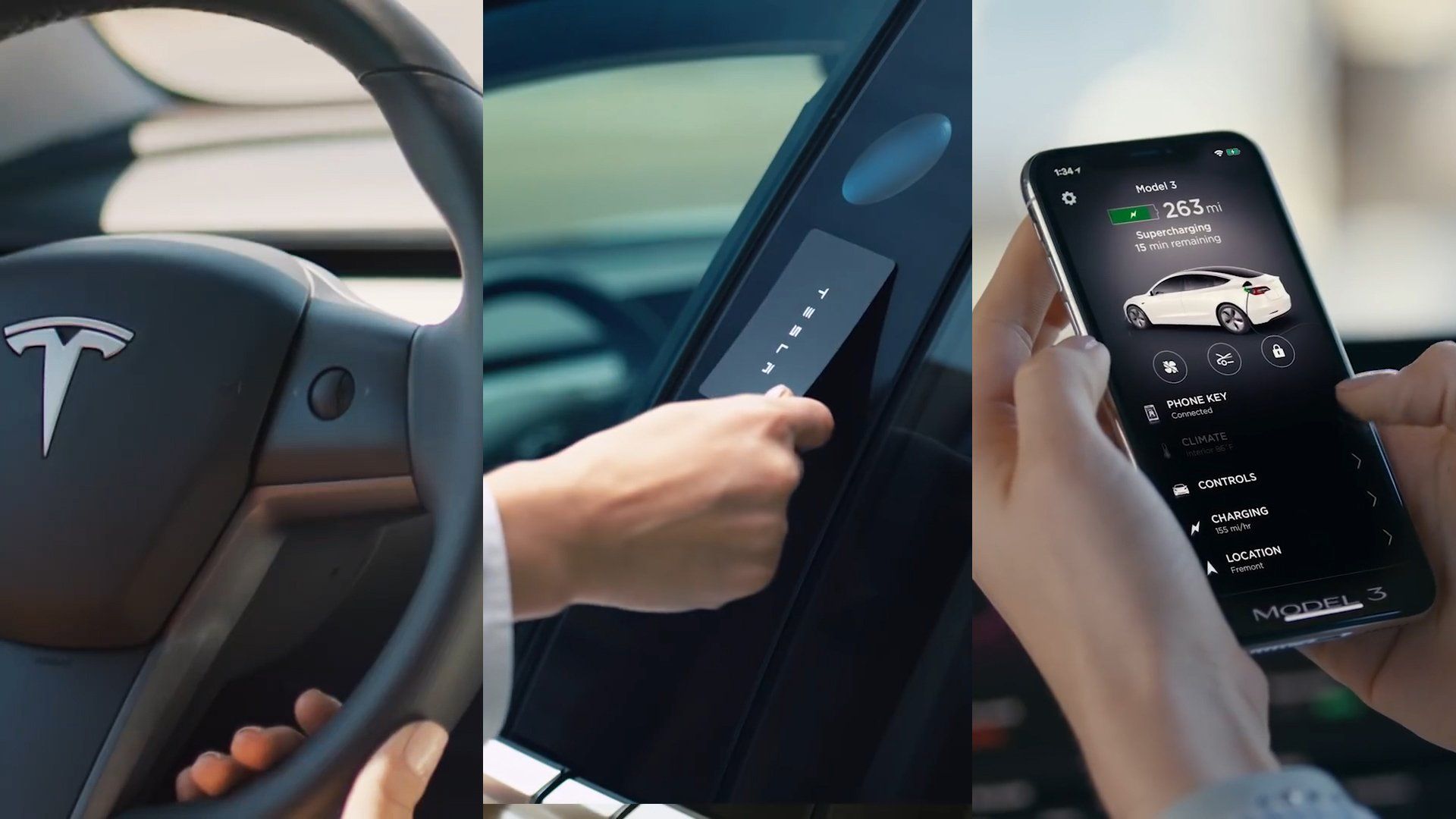

Video Production Studio
Video Content Production / Photography / Storytelling / More
SF Bay Area, West Coast & Beyond 🌎
Think Out Loud, Inc





